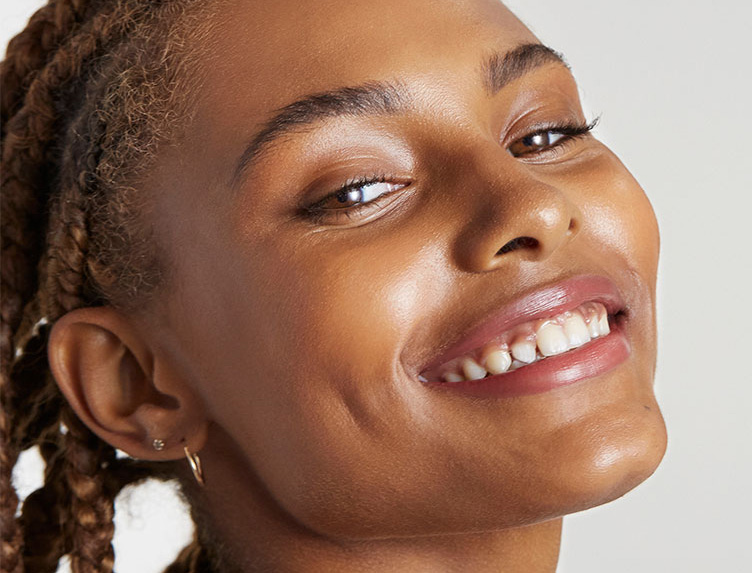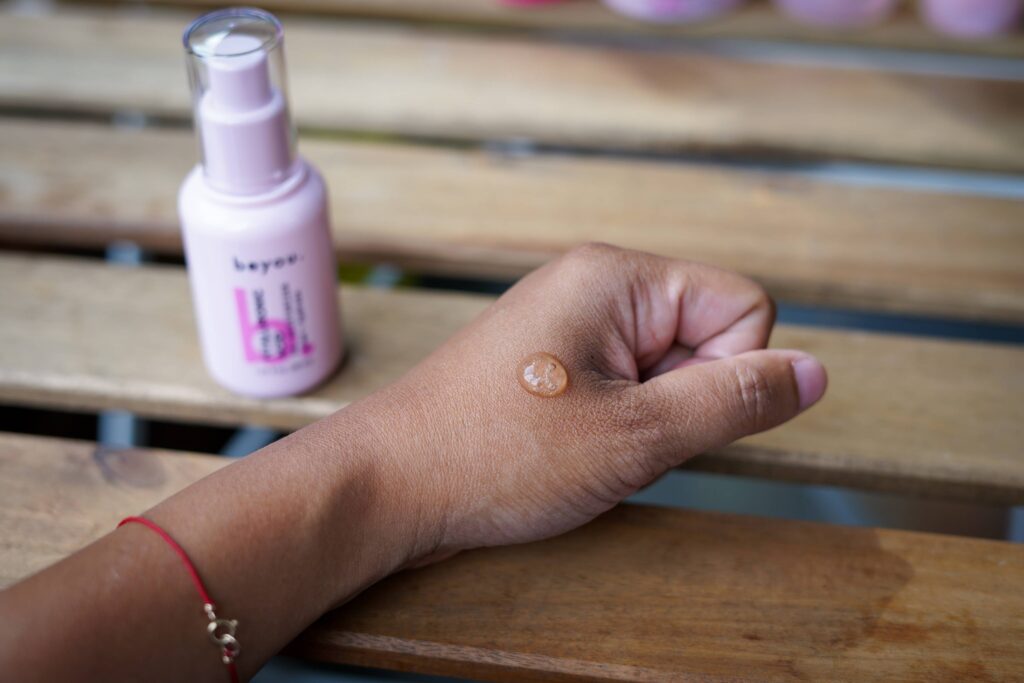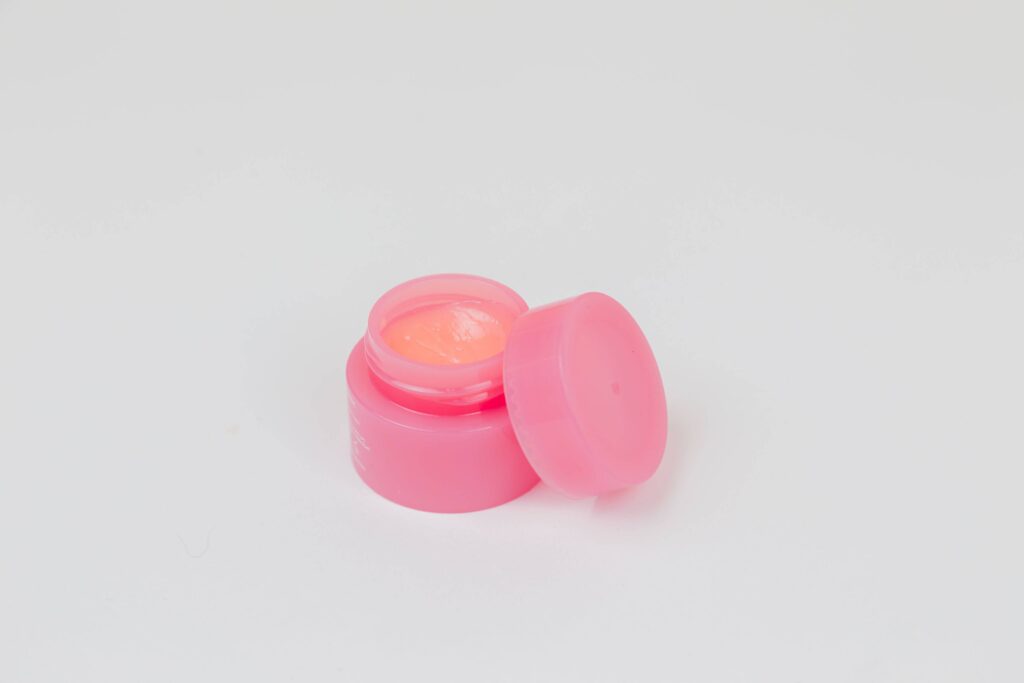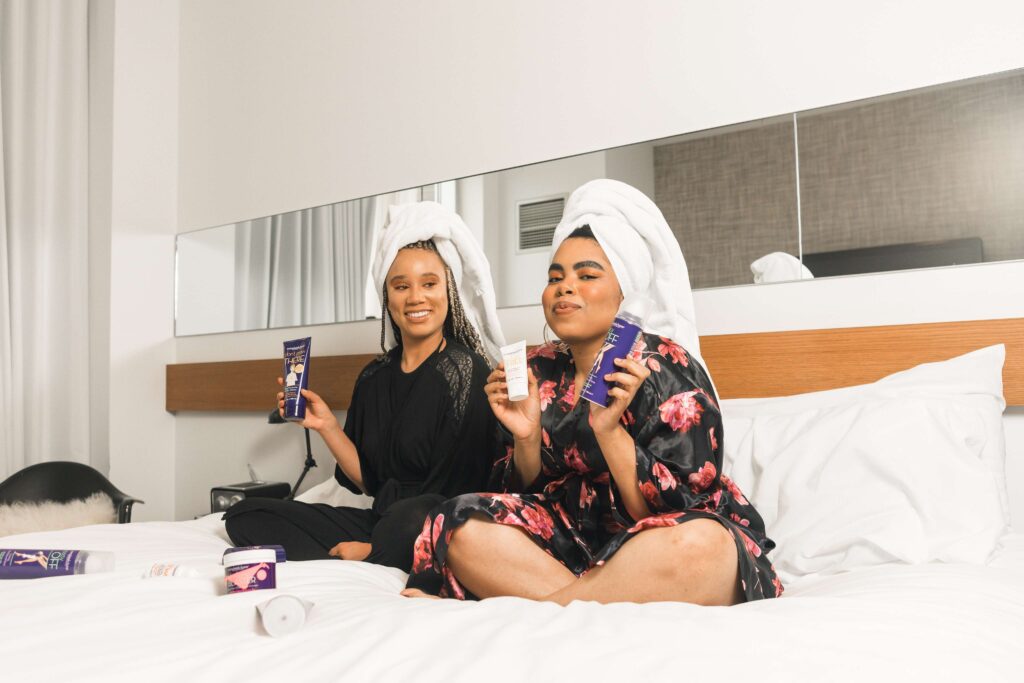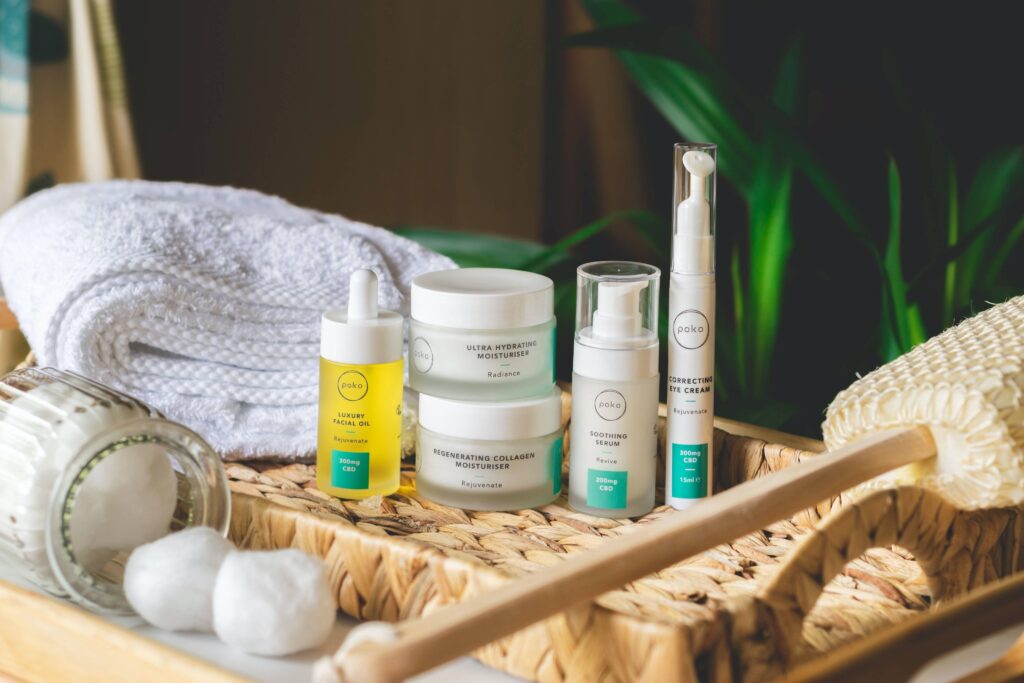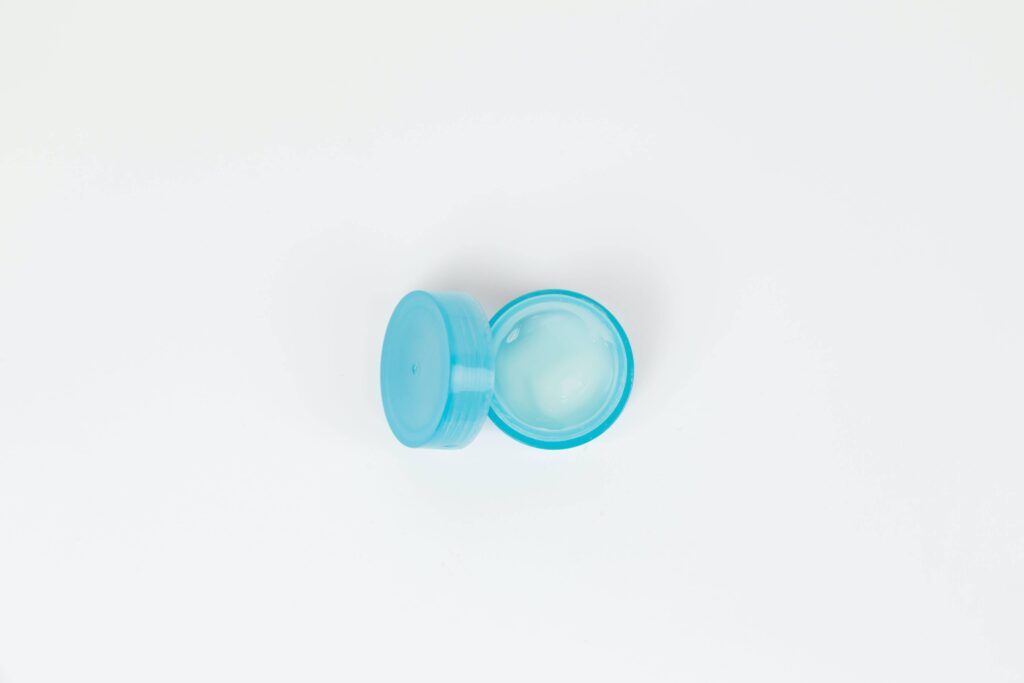The use of moisturizer in makeup routine is not just a luxury; it’s a necessity. Not only does moisturizer provide essential hydration, but it also acts as a smooth base for the rest of your makeup products, ensuring a seamless application.
In this blog post, we will explain:
- How moisturizer prepares the skin for makeup
- Benefits of using moisturizer in makeup application
- Common misconceptions about using moisturizer before makeup
- How to choose the right moisturizer for your skin type
- How to use moisturizer in your makeup routine
- Recommended moisturizers for different skin concerns
- Common issues when using moisturizer and makeup and their solutions
- Frequently asked questions on moisturizer in makeup routine
But Why Is Moisturizer in Makeup Routine a Must?
How moisturizer prepares the skin for makeup
When you apply moisturizer, it creates a thin layer on the surface of your skin. This thin layer seals in moisture and prevents it from evaporating. This keeps your skin hydrated throughout the day, reducing the chances of your makeup flaking or caking.
The moisturizer also acts as a barrier between your skin and makeup products, preventing them from clogging your pores. Furthermore, moisturizer can reduce the appearance of fine lines and wrinkles, giving you a more youthful and radiant complexion.
Benefits of Using Moisturizer in Makeup Application
1. Replenishing moisture barrier
Moisturizer plays a crucial role in replenishing your skin’s moisture barrier, preventing dryness and flakiness. When your skin is well-hydrated, it creates a smooth surface for makeup application. This moisture barrier helps makeup products adhere better, resulting in a more even and long-lasting application. The moisturizer acts as a hydrating foundation, reducing the chances of makeup flaking or caking throughout the day.
2. Improving skin texture
Moisturizer contributes to improving your skin’s texture, creating a flawless canvas for your foundation or concealer. Dry patches and rough areas can make makeup look patchy and uneven. By smoothing out the skin’s surface, moisturizer allows makeup products to glide on effortlessly and blend seamlessly. This results in a polished and natural-looking finish, enhancing the overall appearance of your makeup.
3. Preventing makeup from settling into fine lines
Fine lines and wrinkles are a natural part of ageing, but makeup settling into them can make them more noticeable. Moisturizer helps to plump up your skin, filling in those fine lines and creating a smoother surface. This means your makeup won’t settle into the lines, helping you achieve a more youthful and flawless look.
4. Protection against harsh makeup ingredients
Some makeup products contain ingredients that might not be very friendly to your skin. Moisturizer acts as a protective barrier, creating a shield between your skin and the makeup. This can be especially helpful for people with sensitive skin. It’s like having a buffer that ensures your skin stays happy and healthy, even when you want to add a pop of colour or cover imperfections with makeup.
5. Longer-lasting makeup
Moisturizer acts like a foundation for your foundation! It helps makeup stay on your skin for a longer time without fading away. Dry skin tends to absorb makeup, making it disappear quickly. By moisturizing, you create a barrier that helps your makeup stick around throughout the day, so you don’t have to worry about it vanishing.
Common Misconceptions About Using Moisturizer Before Makeup
There are some misconceptions about using a moisturizer before applying makeup. Here are some common ones:
1. Moisturizer makes makeup slide off
This is a misconception because the right moisturizer will actually create a smooth base for your makeup. If your moisturizer is fully absorbed into the skin before applying makeup, it will not interfere with the adhering force.
2. Moisturizer is only for dry skin
People with oily skin might think they don’t need moisturizer because their skin already produces enough oil. However, using a lightweight, oil-free moisturizer will balance the skin and prevent it from producing excess oil to compensate for dehydration.
3. All moisturizers work well under makeup
Not all face moisturizers are compatible with all makeup. Some may be too thick, greasy, or contain ingredients that don’t play well with some makeup products.
4. Moisturizer can replace primer
While moisturizer provides hydration, it may not have the same priming effect as a dedicated makeup primer. Primers create a smooth surface for makeup application, fill in fine lines, and help makeup last longer.
5. You only need a small amount of moisturizer
The amount of moisturizer you need depends on your skin type and the specific product. While a little paste is enough with some, others may require a bit more to adequately hydrate the skin.
How to Choose the Right Moisturizer for Your Skin Type
When it comes to selecting a moisturizer for your makeup routine, it’s essential to choose one that is suitable for your skin type. Here are some guidelines to help you find the right moisturizer:
1. Moisturizer for dry skin
Look for a rich and creamy moisturizer that provides intense hydration. Ingredients like hyaluronic acid and ceramides are excellent for locking in moisture and restoring the skin’s barrier.
2. Moisturizer for oily skin
Opt for a lightweight, oil-free moisturizer that won’t clog your pores or leave a greasy residue. Look for ingredients like niacinamide and salicylic acid, which can help to regulate oil production and control shine.
3. Moisturizer for combination skin
Choose a moisturizer that is lightweight and non-greasy, as well as oil-free. Look for formulations that offer hydration without adding excess oil to your T-zone.
4. Moisturizer for sensitive skin
Seek out a moisturizer that is fragrance-free and formulated with gentle ingredients like aloe vera or chamomile. Avoid products with potential irritants such as alcohol or artificial fragrances.
How to Use Moisturizer in Your Makeup Routine
Now that you understand the importance of moisturizer and how to choose the right one for your skin type, let’s explore the steps to apply it in your makeup routine:
1. Cleanse
Start by cleansing your face with a gentle cleanser to remove any dirt, oil, or makeup residue. This will ensure that your moisturizer can penetrate the skin effectively.
2. Tone
If you use a toner as part of your skincare routine, apply it after cleansing and before moisturizing. Toners help to balance the skin’s pH level and prepare it to absorb the moisturizer more effectively.
3. Apply the moisturizer
Take a small amount of moisturizer and gently massage it into your skin using upward motions. Pay attention to areas that tend to be drier, such as the cheeks and forehead. Allow the moisturizer to absorb fully before proceeding to the next step.
4. Apply your makeup
Once the moisturizer has been absorbed, you can proceed with your regular makeup application. Start with a primer to further smooth out your skin’s texture and enhance the longevity of your makeup. Then, apply your foundation, concealer, and other makeup products as usual.
Recommended Moisturizers for Different Skin Concerns
Here are some recommended moisturizers for various skin concerns:
1. Moisturizers for dry skin
CeraVe Moisturizing Cream, La Roche-Posay Lipikar Balm AP+, and First Aid Beauty Ultra Repair Cream.
2. Moisturizers for oily skin
Neutrogena Hydro Boost Gel-Cream, Belif The True Cream Aqua Bomb, and Caudalie Vinopure Natural Oil Control Moisturizer.
3. Moisturizers for combination skin
Clinique Dramatically Different Moisturizing Gel, Tatcha The Water Cream, and Origins GinZing Energy-Boosting Gel Moisturizer.
4. Moisturizers for sensitive skin
Aveeno Ultra-Calming Daily Moisturizer, Vanicream Moisturizing Skin Cream, and Cetaphil Daily Hydrating Lotion.
Common Issues When Using Moisturizer and Makeup and Their Solutions
While moisturizer is generally beneficial for makeup application, there can be some common issues that arise. Here are a few troubleshooting tips:
1. Pilling
If you notice your moisturizer balling up or pilling on your skin, it may be due to using too much product or not allowing adequate time for absorption. Try using a smaller amount of moisturizer and giving it a few minutes to absorb before applying your makeup.
2. Slippage
If your makeup tends to slide off or become patchy throughout the day, it could be a sign that your moisturizer is too heavy or not suitable for your skin type. Consider switching to a lighter formula or using a mattifying primer to help your makeup adhere better.
3. Dryness
If you find that your skin still feels dry even after applying moisturizer, it may be a sign that you need to switch to a more hydrating formula or layer a hydrating serum underneath. Additionally, make sure you’re drinking enough water and using a humidifier in drier environments.
4. Breakouts
If you’re experiencing breakouts after incorporating moisturizer into your routine, it could be due to using a product that is too heavy or contains ingredients that clog your pores. Look for oil-free and non-comedogenic (non-pore-clogging) moisturizers to help prevent breakouts.
Frequently Asked Questions on Moisturizer in Makeup Routine
1. Is it bad if I don’t use moisturizer? Can I use makeup without moisturizer?
While skipping moisturizer occasionally may not cause immediate harm, moisturized skin increases the longevity of your makeup and can prevent issues like dryness and flakiness.
2. How long should you let moisturizer sink in before foundation?
Always let your moisturizer to fully absorb into the skin before applying foundation. This mostly takes just a few minutes. This little patience makes sure that your foundation adheres well to the skin, creating a flawless and long-lasting finish.
3. Should I put moisturizer over makeup?
Not at all. Applying moisturizer over makeup is not recommended. This is because it can spoil your makeup. It’s best to apply moisturizer before makeup, allowing it to absorb into the skin for a smoother and more blending application.
4. How to hydrate skin with makeup on?
If your skin feels dry with makeup on, you can use a hydrating setting spray or facial mist. Lightly spritz it over your face to add moisture without disturbing your makeup.
5. Side effects of moisturizer on the face?
Moisturizers are generally safe, but some individuals may experience piling, dryness, slippage and breakouts. If you experience any of these common issues scroll up to the previous section of this blog post where we provided solutions to these.
Conclusion
When you apply moisturizer, it creates a thin layer on the surface of your skin that keeps it hydrated throughout the day, reducing the chances of your makeup flaking or caking. It also acts as a barrier between your skin and makeup products, preventing them from clogging your pores.
At Classic Makeup USA we believe you deserve that glowing and radiant look. Our range of makeup products, services, and training is designed to cater specifically to the Nigerian climate, ensuring that your makeup stays flawless and your skin remains nourished.


